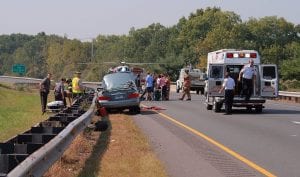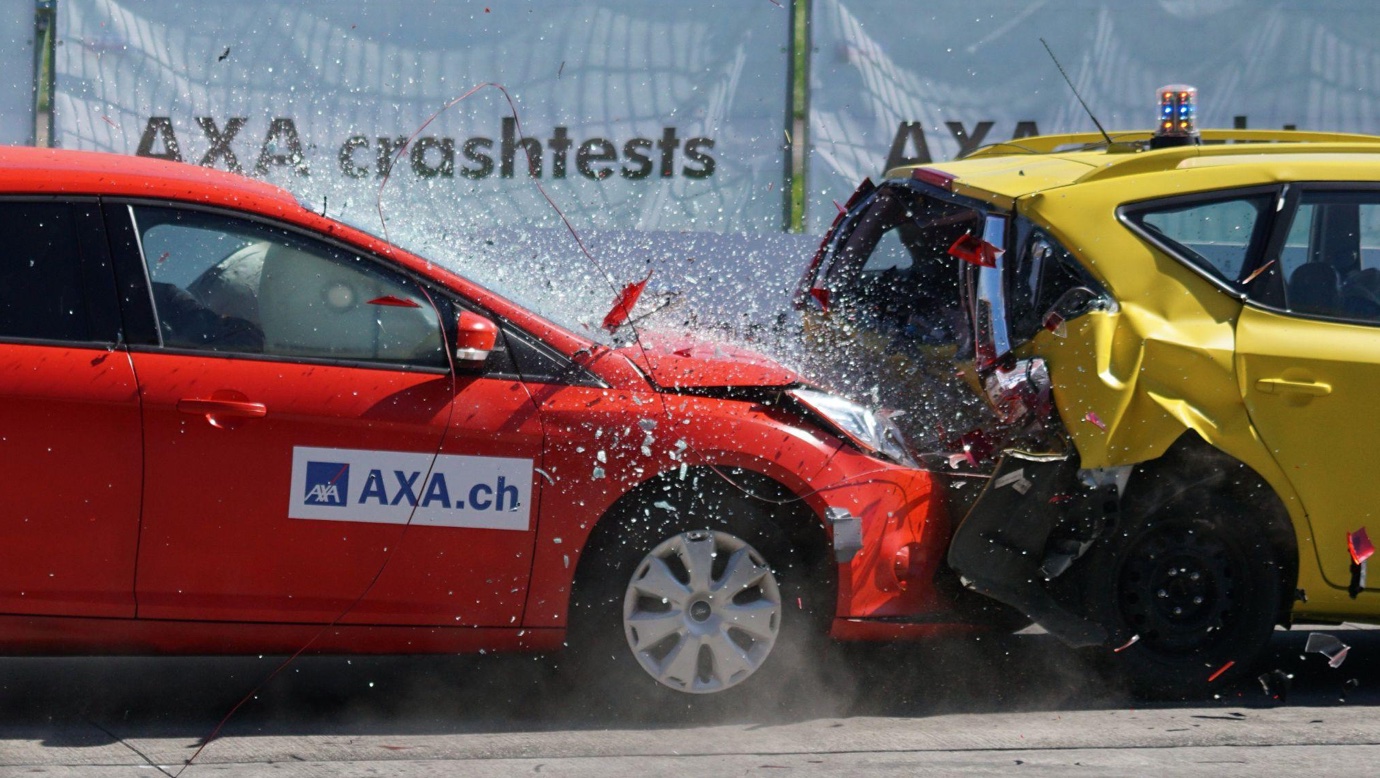Following a car crash, a coordinated response is crucial to address the immediate needs of the victims and ensure public safety.
Car crash accidents are a significant public safety concern and a leading cause of fatalities and injuries. Traffic crashes disrupt lives and communities every year, with thousands of road users affected nationwide. These incidents not only result in emotional trauma and financial burdens for those involved but also prompt extensive investigations to understand their causes and prevent future occurrences.
Investigation plays a crucial role in the aftermath of a car crash accident. Authorities meticulously comb through evidence to determine the contributing factors, such as driver behavior, vehicle malfunctions, or environmental conditions. This process is pivotal for adjudicating responsibility and informing policies and measures that aim to enhance road safety.
Understanding the dynamics of traffic crashes is essential for developing strategies to reduce their incidence. It analyzes various variables, including road design, traffic flows, and vehicle safety features. The focus on preventive measures and education campaigns reflects the collective effort to mitigate risks and ensure the well-being of all road users.
Circumstances and Causes of Car Crashes
Understanding the factors that contribute to vehicle accidents and the types of collisions can inform prevention efforts and legal responses. Accurate identification of these elements is crucial for state and county authorities, police enforcement, legal charges, and insurance assessments.
Common Contributing Factors
Speeding is often a primary factor in traffic accidents; it reduces the driver’s reaction time and increases the severity of crashes. Authorities in various counties frequently enforce no-passing zones to prevent dangerous overtaking, which can lead to collisions.
Excessive alcohol consumption significantly raises the likelihood of accidents, impairs judgment, and slows reflexes; thus, police are vigilant in monitoring for signs of intoxicated driving. Charges for driving under the influence can result in severe consequences.
Types of Collisions
Head-on collisions, among the most hazardous accidents, often occur when a vehicle enters oncoming traffic, sometimes due to improper passing in no-passing zones. For example, a pickup truck crossing into opposing lanes can result in a catastrophic crash.
Vehicles like the Honda and Chevrolet Silverado are involved in various collisions, from minor fender-benders to major multi-car pile-ups. The type of vehicle and the circumstances of the crash play a role in the outcomes of these incidents.
Aftermath and Response

Following a car crash, a coordinated response is crucial to address the immediate needs of the victims and ensure public safety. This segment explores the roles of emergency personnel, the repercussions on victims and the community, and the subsequent legal actions intended to prevent future incidents.
Emergency Services and First Responders
At the scene of a crash, first responders, typically including police and paramedics, are tasked with assessing the situation and providing immediate assistance. Fort Worth hospitals ready their emergency departments to receive those in critical condition. Information is swiftly communicated between authorities and emergency services to facilitate rapid transport from the crash site to medical facilities.
Victims and Community Impact
Those involved in the crash, whether passengers in a sedan or bystanders, can experience both physical and psychological trauma. The families of victims and the wider community can be profoundly affected, finding unity in the face of tragedy. Support networks often form within communities to aid those affected by the crash.
Legal Proceedings and Public Safety Measures
The Texas Department of Public Safety often leads an investigation following the incident. Charges may be filed based on collected evidence if negligence is determined. Findings from investigations typically inform new public safety measures designed to prevent similar accidents, reflecting a proactive approach to road safety led by authorities.


Join the conversation!